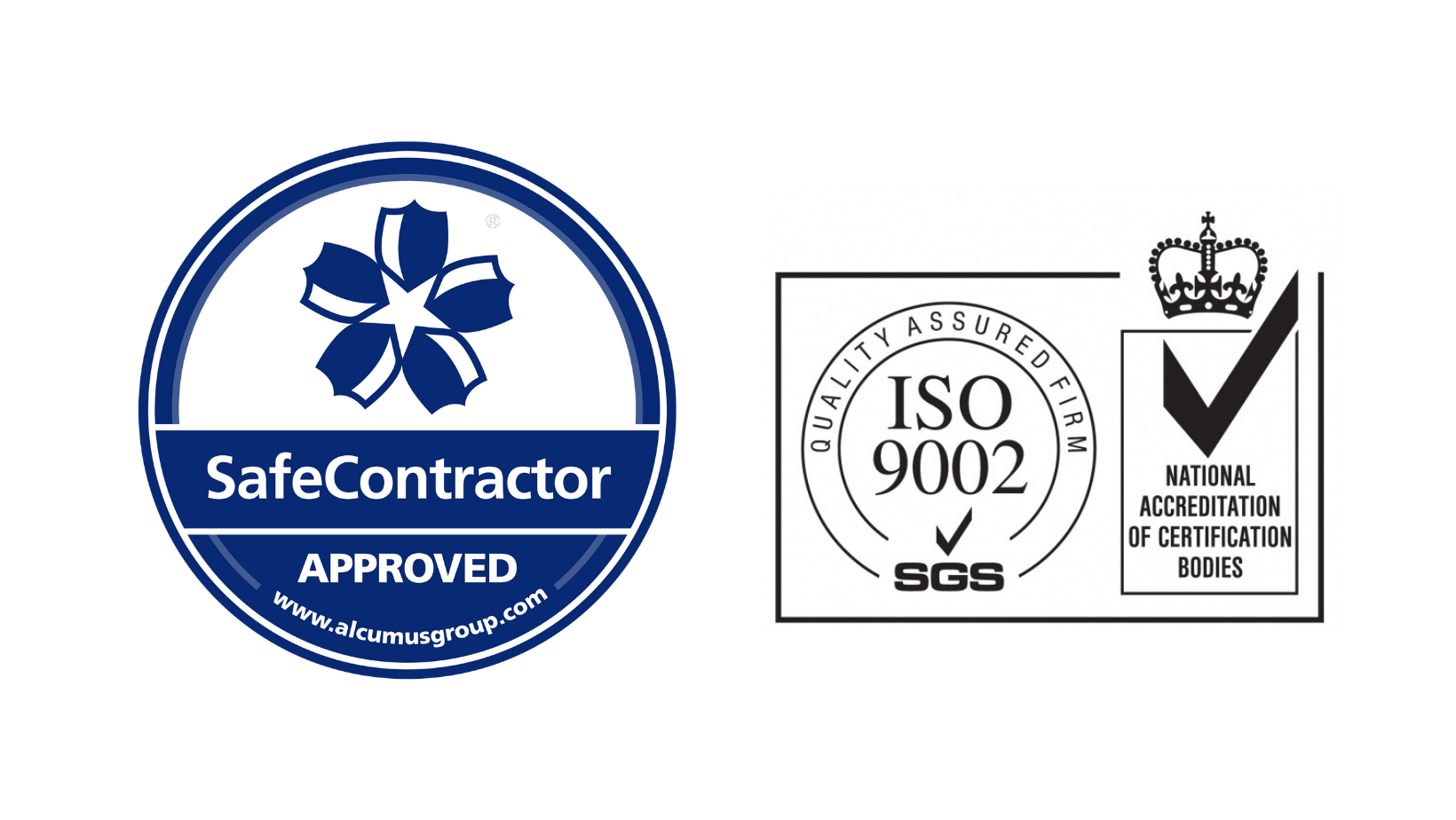Dry/Wet riser systems
Dry/Wet Riser Systems
A brief guide Dry/wet risers are often called dry/wet rising mains. They are intended for use by the fire service to provide a readily available means of delivering considerable quantities of water to extinguish or to prevent the spread of fire.
Dry Riser Systems are installed in buildings for fire fighting purposes by trained personnel and which are normally dry and are capable of being charged with water by pumping from Fire Service Appliances, the systems are installed up to 50m above the Fire Service Access Level, Dry fire main water supply pipe installed in a building for fire-fighting purposes, fitted with inlet connections at fire service access level and landing valves at specified points, which is normally dry but is capable of being charged with water usually by pumping from fire and rescue service appliances.
Wet Riser Systems are installed in a buildings for fire fighting purposes by trained personnel and which are permanently charged with water from a pumped source, they are installed complete with Landing Valves at specified points on each, wet fire main water supply pipe installed in a building for fire-fighting purposes and permanently charged with water from a pressurised supply, and fitted with landing valves at specified points.

WHAT DOES A DRY/WET RISER LOOK LIKE?
Typical dry/wet risers contain the following components:
- Large vertical pipe of 100mm or 150 metres diameter that can run internally or externally to the building
- Twin/four-way inlet connection at street level boxed in a steel cabinet with glazed door for the dry riser only
- Outlet valves at each landing
- Automatic air release valve at the highest point to provide bleeding of air from the system when it is filled with water
- Pump and tanks for wet risers only


